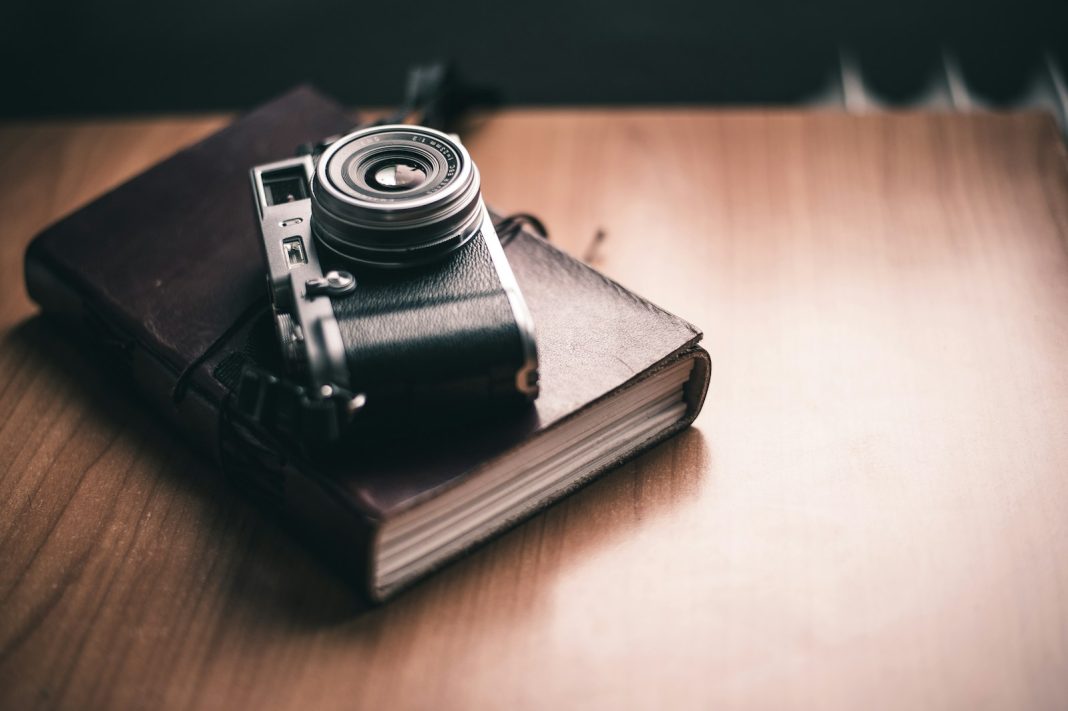In the vast landscape of the internet, where visual content is abundant and often misleading, the ability to trace the origins of an image can be a powerful tool. Reverse image search, a technique gaining traction for its versatility, empowers users to unveil the secrets behind an image, be it for fact-checking, tracking down original sources, or understanding the content within. In this comprehensive guide, we’ll explore the intricacies of running a reverse image search on both desktop and mobile platforms, utilizing tools like Google Chrome, Microsoft Edge, Bing Visual Search, and the independent resource TinEye.
Desktop Exploration
Google Chrome Users:
For those navigating the digital realm through Google Chrome, running a reverse image search is a straightforward process. Right-click on the image you wish to investigate, and a menu will appear. Select “Search image with Google Lens,” and a sidebar will unfold, showcasing webpages containing identical or similar images. This Google Lens feature not only provides matches but also reveals the publication date and resolution of the images found.
Microsoft Edge Users:
Microsoft Edge users can embark on their reverse image search journey by right-clicking on an image and choosing “Search the web for image.” Unlike Chrome, Edge takes you to the Bing Visual Search website, presenting results in a browser tab rather than a sidebar. Here, you’ll discover links for purchasing items in the image, as well as a dedicated tab labelled “Pages with this image,” which directs you to other locations on the web featuring the same image.
Direct Browser Searches:
Alternatively, users of any browser can head directly to Google Image Search or Bing Visual Search engines. In Google Image Search, click on the Google Lens icon—a colourful camera—located on the right side of the search box. This action yields results similar to those obtained via Chrome and Edge. Moreover, TinEye, though not natively integrated into browsers, offers a standalone platform for reverse image searches. Users can upload an image or paste its URL into the search box, receiving a detailed list of where copies of the image were found, complete with size and resolution information.
Mobile Exploration
The versatility of reverse image search extends seamlessly to mobile devices, albeit with slight variations in the process.
Google App Users:
For Android and iOS users seeking the convenience of the Google app, the Google Lens search technology offers a mobile-friendly solution. Tap on the Google Lens icon, the colourful camera, located on the Discover tab (Android) or Home tab (iOS) to initiate your search.
Mobile Browsing:
In mobile web browsers like Chrome, long-press on an image to reveal search options. Android users can choose “Search image with Google Lens,” while iOS users can select “Search image with Google.” In Edge for mobile, currently available on Android only, long-pressing on an image allows users to select “Search Bing for this image.”
TinEye on Mobile:
TinEye is also accessible on mobile browsers, enabling users to upload an image or provide its URL for investigation. While both Google and Bing allow users to capture an image using their phone’s camera, TinEye requires users to take the photo first and then select it from their gallery.
Enhancing Your Search Experience
Beyond the basics, users can refine their reverse image search experience. TinEye, for instance, offers options to filter results by a specific website or adjust the order of results based on factors such as image age or resolution. Clicking on any result takes users directly to the relevant webpage, providing a comprehensive understanding of the image’s context.
Conclusion
In the era of information inundation, the ability to dissect visual content becomes paramount. Reverse image search emerges as a beacon of truth, allowing users to ascertain the authenticity of digital images, track down original creators, and explore the web for variations or additional information. Whether on a desktop or mobile device, users can harness the power of tools like Google Chrome, Microsoft Edge, Bing Visual Search, and TinEye to unravel the mysteries concealed within images.
As we navigate the digital realm, armed with the knowledge of reverse image search techniques, we empower ourselves to combat misinformation and embrace the diversity of visual content available. The internet is a vast landscape, and with these tools at our disposal, we become digital explorers, uncovering the origins and stories behind every image we encounter.
In the evolving landscape of the internet, the power of reverse image search is likely to become even more integral. As technology advances, so too will our ability to dissect and understand the visual tapestry of the online world. Let this guide serve as a compass for your digital explorations, as you traverse the vast landscapes of the internet, unlocking the secrets held within every image.


